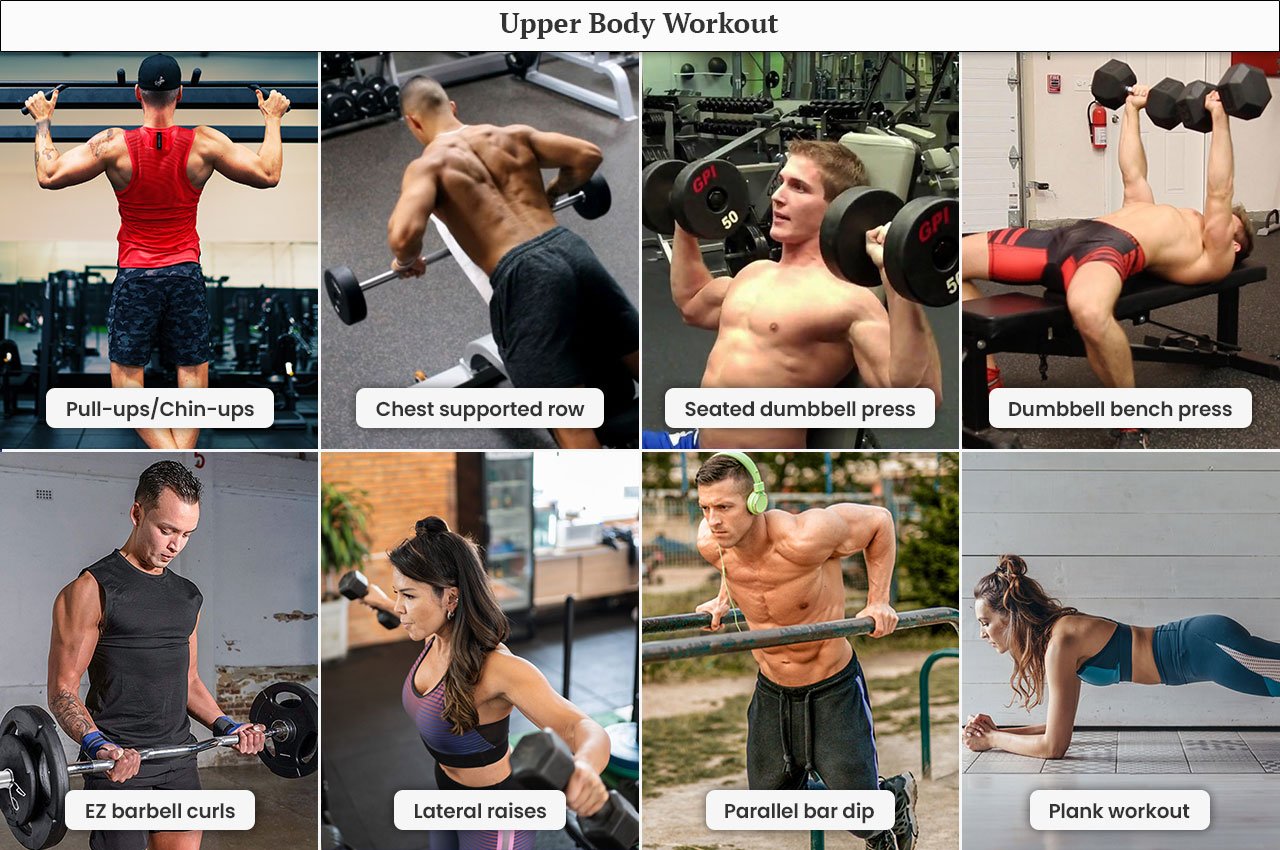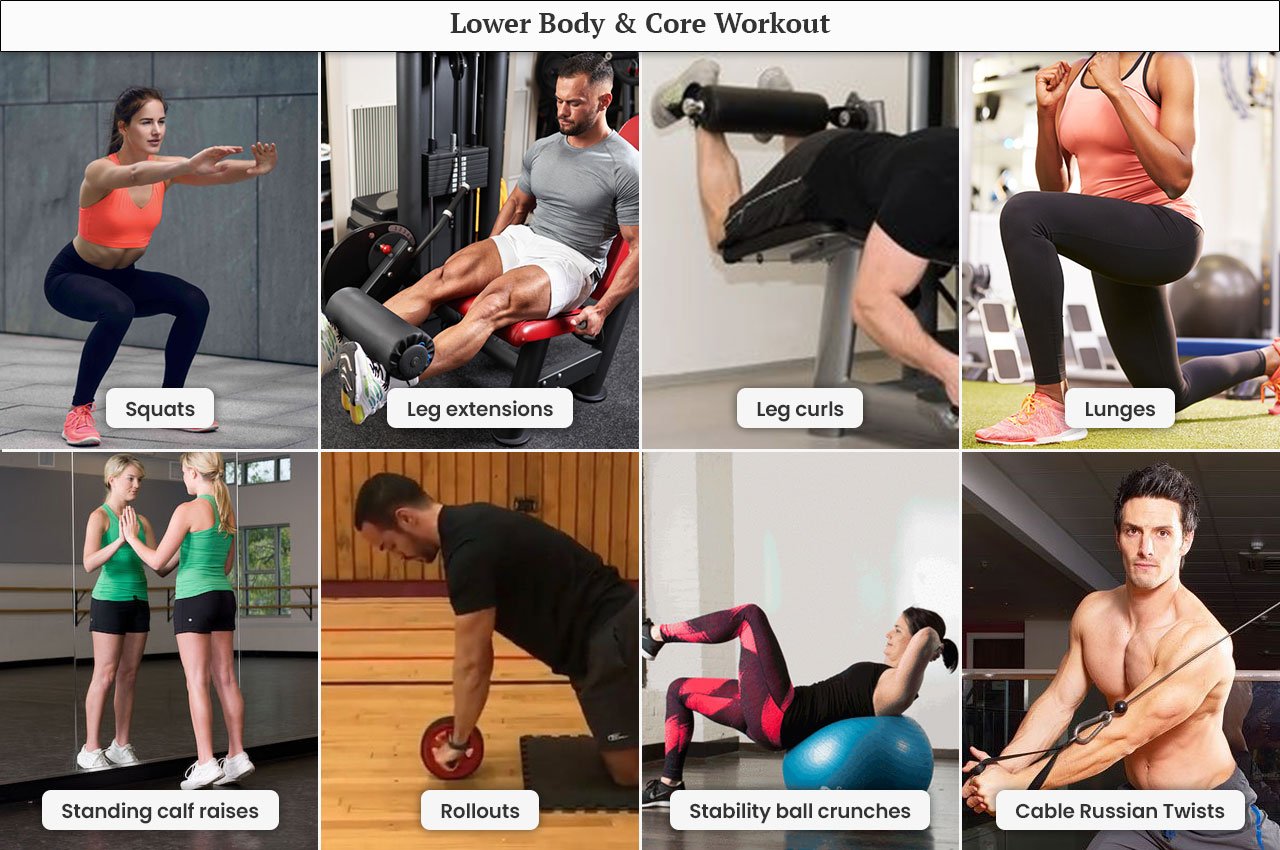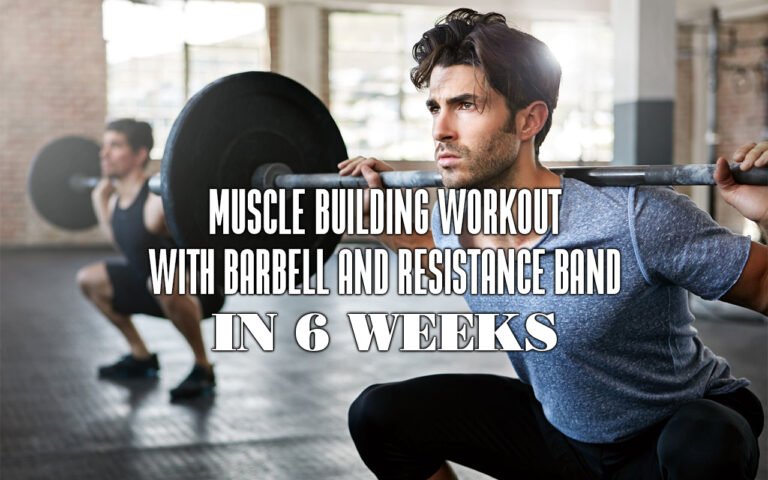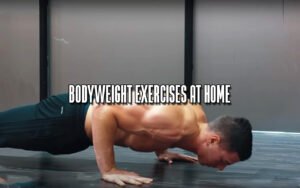
High-Intensity Training refers to strength training and is used in the exercise and it’s all about increasing muscular strength and size. There are various methods to increase muscle mass and strength when developing muscle size and strength. You can use free weights or machines, perform full-body or split routines, utilize a bodybuilding, powerlifting, or power building program, and even incorporate training systems into your workouts to make them more efficient.
While all of these methods are effective and may be combined to produce a wide range of activities, they have one thing in common: they’re all rather time-consuming.
Whether you prefer a split or comprehensive-body routine, you’ll need to invest three to five hours each week in High-Intensity Training. It’s no surprise that some people feel they don’t have time to exercise when you consider the time it takes to get there, warm-ups, and cool-downs.
Fortunately, there is a solution to lengthy workouts: High-Intensity Training(HIT). According to High-Intensity Training supporters, you don’t need to spend hours on training and can achieve excellent results with exercises that last only minutes.
We’ll discuss the advantages and disadvantages of HIT and provide you with a time-saving exercise to attempt in this essay.
What is High-Intensity Training?
The first step is to distinguish between HIT and HIIT. The term “HIT” refers to strength training and is used in the context of exercise. It’s all about increasing muscular strength and size. While HIIT stands for High-Intensity Interval Training, a kind of cardio/conditioning workout, it also refers to high-intensity interval training.
While HIT and HIIT are both briefs, intensive workouts are on opposite ends of the fitness spectrum, so it’s vital not to mix them up.
So, what is High-Intensity Training?
Arthur Jones, an American scientist and designer/founder of Nautilus strength training equipment, introduced the term. It has been in existence for more than 50 years and was popularized by Jones. Jonas was known for being a problematic genius who had difficulty getting along with others! This was partly due to their dogma conviction that there’s only one way to work out and that it’s the HIT method.
High-Intensity Training is based on the idea that it’s not the amount of work accomplished but rather the intensity you do it that expands your strength and muscle size. When a person reaches maximal effort levels, any further exercise beyond that point only depletes precious recovery resources and delays development.
High-Intensity Training is a powerlifting-style strength training routine developed and popularized by American scientist and designer/founder of Nautilus strength training equipment Arthur Jones. HIT is also a firm believer in believing that one single, extremely intense exercise session is enough to get the best results.
To different people, the phrase “training to failure” might imply various things; however, as far as HIT is concerned, it means reaching a point where even one more rep is impossible. Some HIT enthusiasts will push this single set further by including forced reps or drop sets.
Jones collaborated with several well-known athletes, including American football players, wrestlers, basketball players, and bodybuilders who stayed at his facility in Florida and were instructed by Jones himself to promote his ideas.
The workouts were quite tricky, and many famous for their athletic abilities have said that they felt destroyed by the intense training regimen. Some people left the gym after just one workout and couldn’t handle the intensity of HIT.
To say it another way, High-Intensity Training is not for everyone!
Experiment
In one notable experiment, he worked with bodybuilder Casey Viator and, in just four weeks, increased Viator’s lean body weight from 180 to over 240 pounds. The Colorado Experiment was this.
Viator dieted down to a low starting weight and was coming back from significant injury for this research, so it’s easy to understand why he’d be in better shape today. It’s also possible that he was taking steroids. However, even though he trained Viator 14 times in the four weeks and each session lasted 33 minutes, he only spent six months training.
Mike Mentzer is widely regarded as the greatest bodybuilder never to win Mr. Olympia, and 6-time Olympia winner Dorian Yates are two well-known High-Intensity Training admirers.
He became such a believer in High-Intensity Training that he wrote numerous High-Intensity Training workout manuals, calling his approach Heavy Duty Training.
Yates did not focus only on High-Intensity Interval Training, but he did place a higher premium on the intensity of exercise and less importance on volume than many of his peers. He dubbed this the “blood and guts” approach to bodybuilding exercise. He also trained with Mentzer on several occasions.
The Pros and Cons of HIT
HIT, like any other training technique, is compelling. Several studies have shown that providing your body overload will increase size and strength regardless of achieving it. Your body responds to the pressures put upon it, and when you give those pressures are a) adequate, b) constant, and c) progressive, your body will adapt.
However, like any other form of training, HIT has advantages and disadvantages.
The main PROS of High-Intensity Training are:

Shorter workouts: HIT activities are substantially more straightforward than most bodybuilding routines. Doing just one set per exercise allows you to train for less time and recover more quickly between sets. Even a full-body High-Intensity Bodybuilding session should take no more than 30 minutes.
Fewer workouts per week: Some HIT advocates suggest only 2-3 exercises each week. The strength of their argument is that you need to rest more than you train harder.
There is very little danger of over-training: You’re less likely to over-train with little activity and frequency. When you work out too frequently or excessively, you reach a point where your recovery ability is exceeded. HIT may be a good option for people who lengthy, frequent workouts have burned out.
The polar opposite of most bodybuilding exercises: The key to the success of HIT is its uniqueness; it’s a unique way to learn. If you’re used to performing four sets of four exercises for each muscle group; doing just one set to complete failure might be a big shock, and it may cause considerable increases in muscle mass and strength.
Very measurable progress: It’s simple to see that you’re getting more robust when performing only one exercise set. If, for example, you performed nine reps with 100kg last week and ten reps with the same weight this week, you’ve made real progress. Plus, you’ve got another target in mind for next week.
Of course, there are also some drawbacks you need to consider:
Brutal exercises:
Both physically and mentally, HIT training is challenging. It is not such a thing as an easy HIT workout. You must perform each set to failure, and you might need to use drop sets or forced reps to accomplish it.
It also implies that you begin every training session aware that you will be in many agonies, which can get tedious. You may even be dreading your next exercise because you know how much it will hurt. HIT isn’t enjoyable!
You can’t afford an off-day:
You have one opportunity with HIT to push your muscles to their limit, ensuring that they get stronger and grow. As a result, you won’t be able to lose your concentration, get tired during your workout, or let anything else detract from your exercise performance. It would be best to give your all to every exercise, or your development will suffer. On the other hand, with a non-HIT workout, you may compensate for any lack of intensity by adding extra volume to get the desired results.
Injuries:
Injury may result from constantly training to fail. Taking each exercise to failure, even if you warm up thoroughly, puts a lot of pressure on your muscles, tendons, and joints. You could also get pinned under a heavy barbell if you take your set to failure. Because of this, many HIT experts advise against free weights and instead suggest resistance training equipment.
You can’t work out as often:
It might be a benefit to some people, but it also has its disadvantages. If you like training, HIT might not be the best method. Most HIT workouts are completed in less than 30 minutes and require only 2-3 sessions per week.
It’ll stop working eventually:
HIT is often advertised as an ideal type of strength training, and all other techniques are seen as a waste of time and energy. The fact is that almost any form of exercise that is sufficiently demanding will succeed for approximately six weeks. It’s time to try another technique after the window of adaptability has begun to close. Like any other exercise, HIT will eventually lose its effectiveness and cease to provide benefits.
It May is not as effective as multi-set training: According to several studies, while one set to failure will provide significant muscle growth and strength gains, a single set isn’t as effective as multiple sets (1). However, keep in mind that most of your profits come from the first set; and doing additional sets merely increases your strength.
6 Week HIT Workout
The simplest method to find out if HIT is suitable for you is to test it. Start by following this routine for six weeks. Three times each week, you’ll train two times per session. Remember, after a warm-up, only do one set of each exercise before working to failure. Send your routine with forced reps or a couple of drop sets to increase the intensity.
Workout one – Upper Body

- Pull-ups/Chin-ups (weighted if you can do more than 12)
- Chest supported row
- Seated dumbbell press
- Barbell or dumbbell bench press
- EZ barbell curls
- Lateral raises
- Parallel bar dip
Workout two – Lower Body & Core

- Squats (alternated with deadlifts each workout)
- Leg extensions
- Leg curls
- Lunges
- Standing calf raises
- Rollouts
- Stability ball crunches
- Cable Russian Twists
Try to keep all exercises within the 8-12 rep range; but don’t worry if you go over 12 reps in your first few workouts. Performing just one set might allow you to complete more reps than you thought possible. Keep going until you are unable to do so any longer. Increase the weights if you cannot complete 8-12 reps the next time, or vice versa.
Train to failure instead of absolute failure for squats and deadlifts. To put it another way, stop your routine before it begins to fall apart. An injury may result beyond form failure, where you must utilize the poor approach to produce more reps.
HIT – Wrapping Up
Is HIT the most excellent type of strength training available? Perhaps not. It’s like any other kind of exercise: it will work for a time, and you’ll get used to it, which won’t be as productive. However, HIT might be ideal for your next training cycle if you’re coming off a high-volume training routine and need a break from the intensity.
If you’re short on time or struggle to recover from longer workouts, a month of HIT could be the ideal solution.
Like pre-exhaust, supersets, and other training methods, HIT does work, but it’s just one of many tools available to you.







Blog Comments
High-Intensity and Low Impact Training Workouts
May 24, 2022 at 8:51 am
[…] HIGH-INTENSITY BODYBUILDING TRAINING (HIT) […]